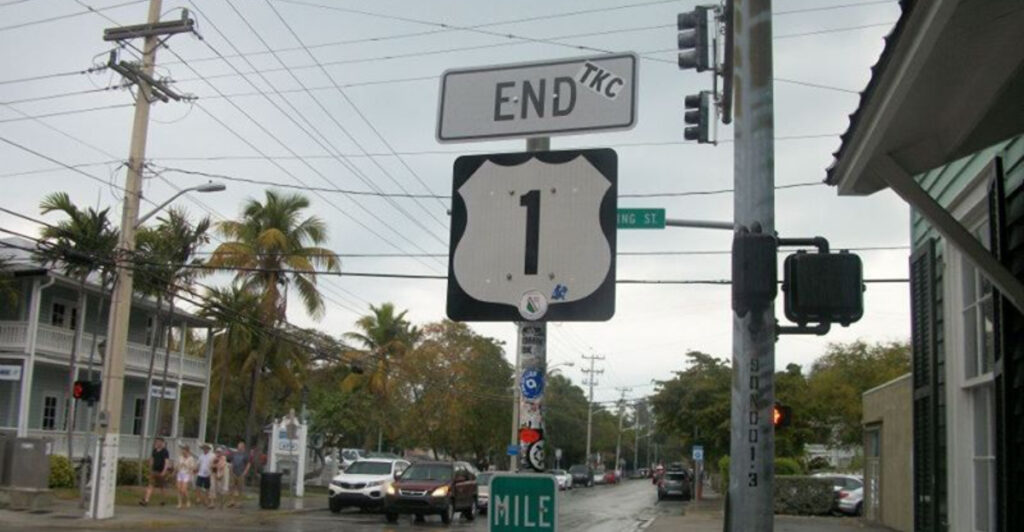Stretching from Maine to Florida, U.S. Route 1 is more than just a highway—it’s a living museum of Americana. While interstates zip travelers past the scenery, Route 1 invites you to slow down and savor the past. These 13 historic stops along the way capture moments frozen in time—full of character, nostalgia, and stories that shaped the country.
1. Wiscasset, Maine – The Red’s Eats Legacy
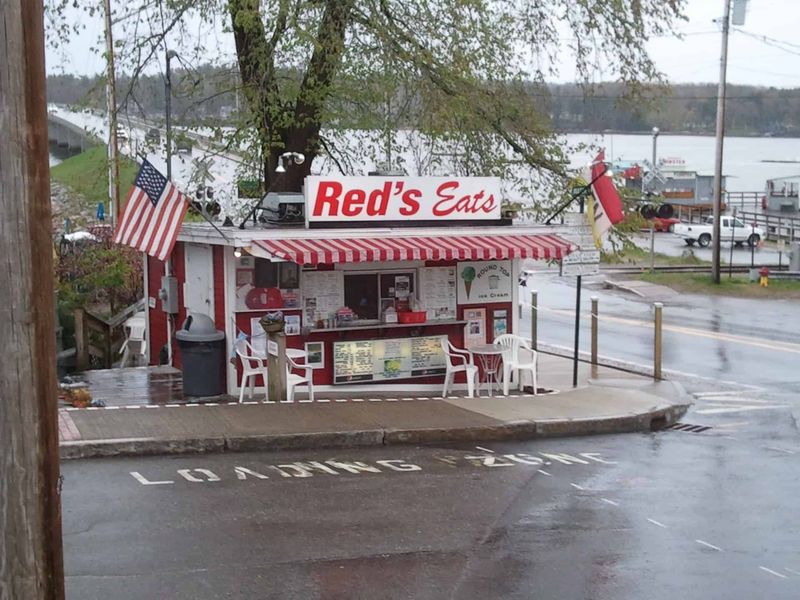
Wiscasset, often hailed as ‘The Prettiest Village in Maine,’ holds more than visual allure. It’s here that food lovers find Red’s Eats, a lobster shack not just famous but iconic. This humble eatery, with its vibrant red facade, has been serving the freshest lobster rolls since 1938, becoming a culinary shrine in New England.
The charm of Wiscasset extends beyond food. Its streets, lined with antique stores and historic buildings, reflect a town that cherishes its past. The village is also home to the 1811-built Nickels-Sortwell House, showcasing Federal-style architecture.
But Red’s Eats remains the star, a testament to the enduring appeal of simple, quality fare in a world of fast-paced dining. This is where tradition and taste converge, offering a flavorful journey back in time.
2. Portsmouth, New Hampshire – Colonial Core
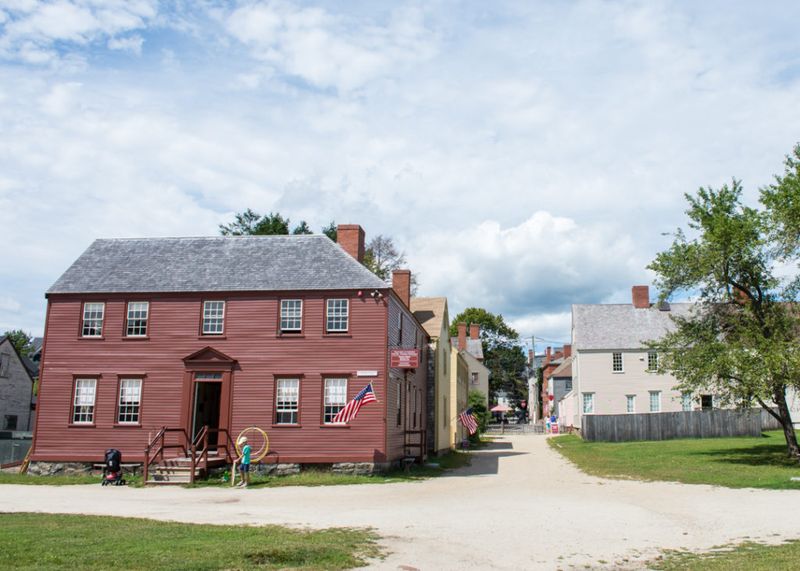
In Portsmouth, New Hampshire, history isn’t just remembered; it’s lived. The city’s colonial core, with its cobblestone streets and Georgian-style buildings, whispers tales of America’s early days. As you stroll through, you might feel the echoes of Revolutionary fervor in the air.
A visit to the Strawbery Banke Museum is a must. This outdoor museum is a time machine, offering a vivid reenactment of 300 years of American life. From the preserved homes to the costumed interpreters, every detail is meticulously crafted.
Portsmouth’s maritime past and cultural vibrancy make it a hub for history buffs and casual visitors alike. Its harbor, once bustling with trade, still thrives today, connecting the present with the echoes of the past.
3. Newburyport, Massachusetts – Shipbuilding Roots
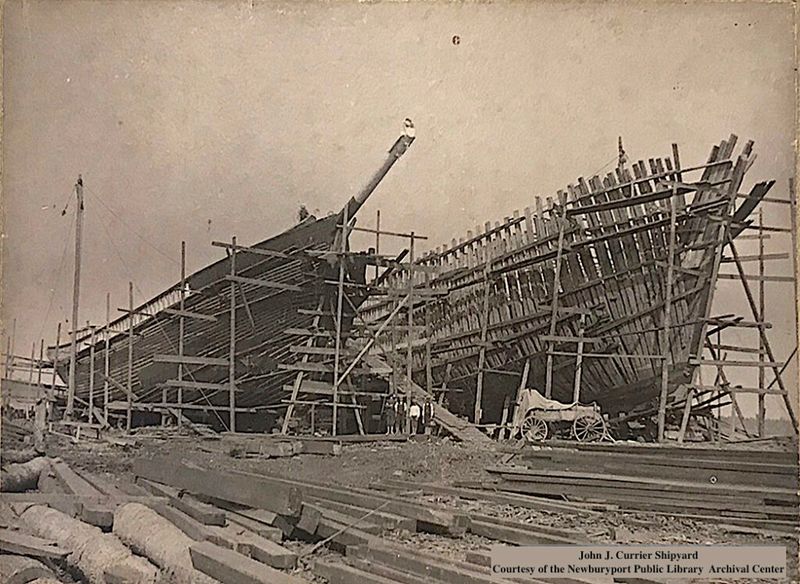
Newburyport, Massachusetts, sits as a testament to America’s shipbuilding prowess of the past. Walking through this seaside town, you’re greeted by Federalist architecture that once framed a bustling port scene. The maritime charm is palpable, with historic shipyards echoing the clang of hammers and the creak of wooden structures.
In the 18th century, Newburyport was a significant player in America’s maritime trade. Its preserved buildings, lined along the Merrimack River, articulate tales of adventures and voyages spanning the globe.
Today, the Custom House Maritime Museum stands as a tribute to these bygone days. Inside, exhibits bring to life the town’s rich nautical history, inviting visitors to imagine the lives of those who sailed the seas.
Fun fact: Newburyport is recognized as the birthplace of the U.S. Coast Guard, further cementing its legacy in maritime history.
4. Providence, Rhode Island – Industrial Beginnings
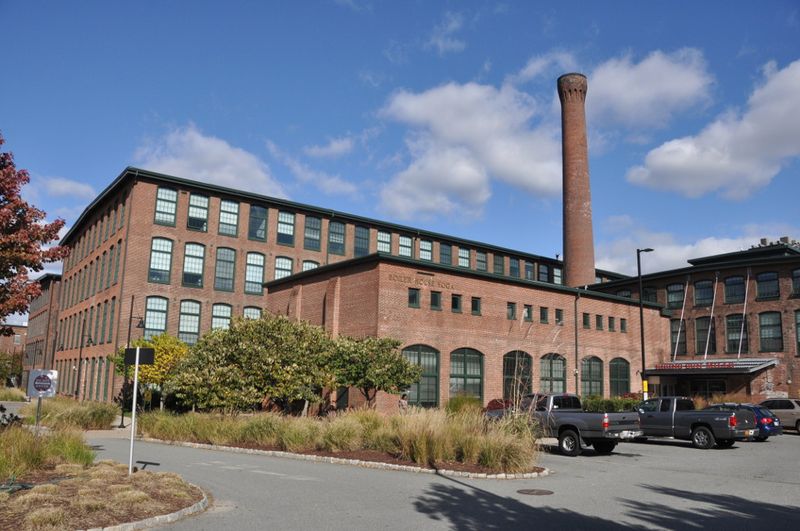
Providence, Rhode Island, is a city where the past and present intersect in fascinating ways. As Route 1 winds through, it unveils a tapestry of industrial beginnings. Once the heart of the American Industrial Revolution, the city showcases historic textile mills and the renowned Jewelry District.
The old mills, with their brick facades and towering smokestacks, are now icons of innovation. These structures, having withstood the test of time, now house modern businesses, art studios, and lofts, blending the new with the old.
Wander through the Jewelry District, and you’re walking through history. This area, a glittering hub in its heyday, still shines with the remnants of its illustrious past. Providence is not just a place to see history; it’s a place to experience the evolution of industry firsthand.
5. New Haven, Connecticut – Ivy and Innovation
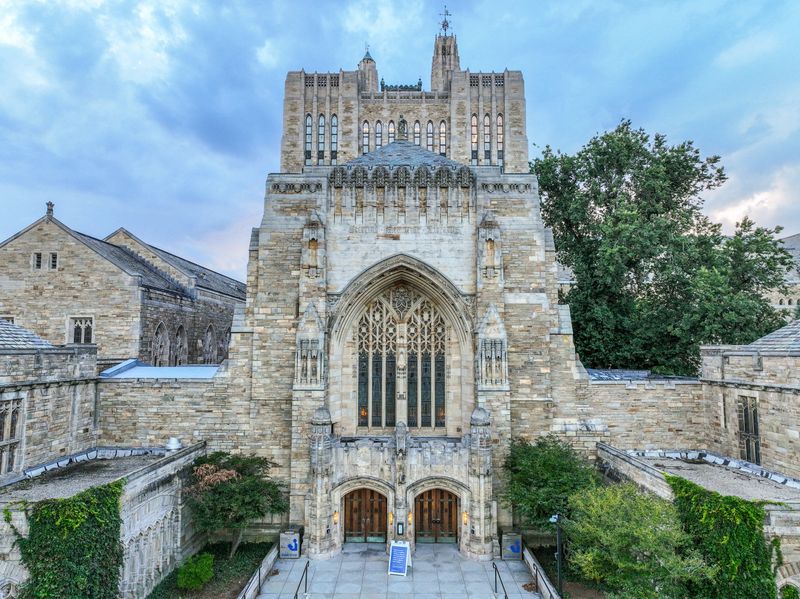
New Haven, Connecticut, is a city where academia and architecture meet in harmonious dialogue. The presence of Yale University, with its Gothic Revival architecture, offers a vista of towering arches and ancient stone facades that embody the pursuit of knowledge.
Route 1 weaves through this historic hub, passing by century-old libraries and university buildings, each with stories etched in their walls. The Beinecke Rare Book & Manuscript Library, with its translucent marble walls, is a contemporary marvel amidst classic surroundings.
Beyond academia, New Haven pulsates with cultural vitality. Its streets are alive with arts and intellectual fervor, making the city a canvas of ideas and innovation.
Did you know? The iconic Yale Bowl, opened in 1914, was the first bowl-shaped stadium in the country, influencing the design of many stadiums thereafter.
6. Philadelphia, Pennsylvania – The Birthplace of Liberty
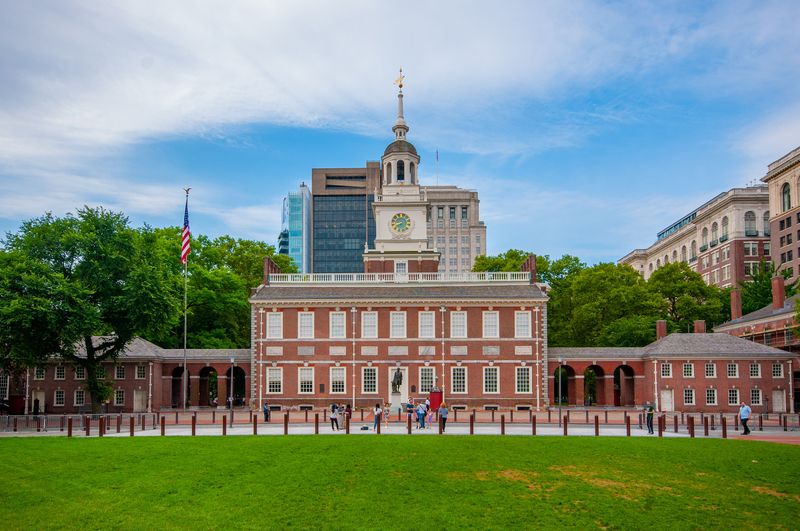
Philadelphia stands as a beacon of freedom and democracy. Just off Route 1, it holds Independence Hall where the Declaration of Independence and the U.S. Constitution were debated and signed, making it a cradle of American liberty.
A visit to the Liberty Bell, with its iconic crack, echoes the enduring quest for freedom. This bell, once rung to mark significant events, now symbolizes the fight for equality and justice.
The city’s historic district is a treasure trove of colonial architecture, where cobblestone streets lead to landmarks that tell the story of a nation’s birth. Philadelphia is not just a stop on a journey; it is a profound encounter with America’s foundational moments.
Interesting tidbit: Philadelphia served as the capital of the United States from 1790 to 1800 while Washington, D.C., was under construction.
7. Baltimore, Maryland – Edgar Allan Poe’s Neighborhood
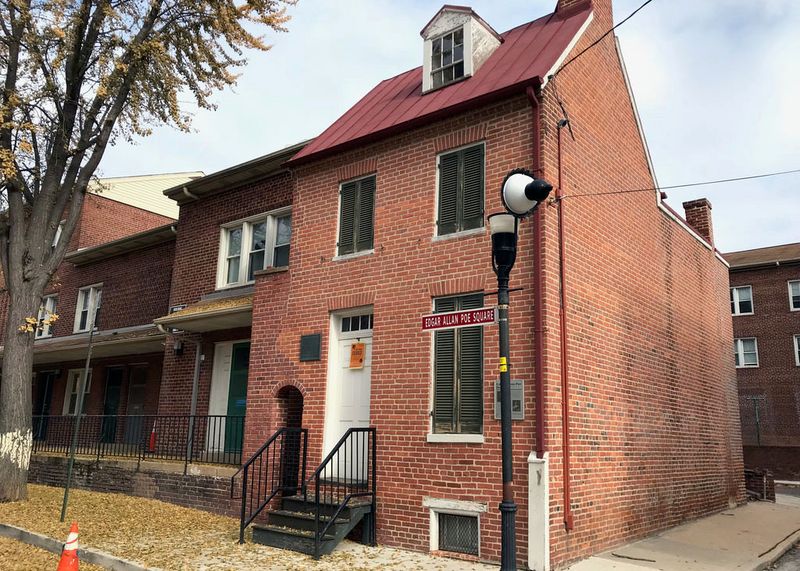
In Baltimore, Maryland, literary ghosts linger, particularly those of Edgar Allan Poe. As you explore Poe’s former neighborhood, the air is thick with his legacy. His home stands as a shrine to the gothic imagination, telling tales of mystery and macabre.
Nearby, Poe’s final resting place at Westminster Hall is a pilgrimage for fans of his haunting prose. The historic taverns and row houses in the area evoke the 19th-century city life that once inspired him.
Baltimore’s charm lies in its ability to preserve the haunting beauty of its past. From cobblestone streets to historic sites, the city is a tapestry of stories waiting to be discovered.
Fun fact: Baltimore was one of the first American cities to adopt gas street lamps in 1817, reflecting its early embrace of modernization.
8. Fredericksburg, Virginia – Civil War Crossroads
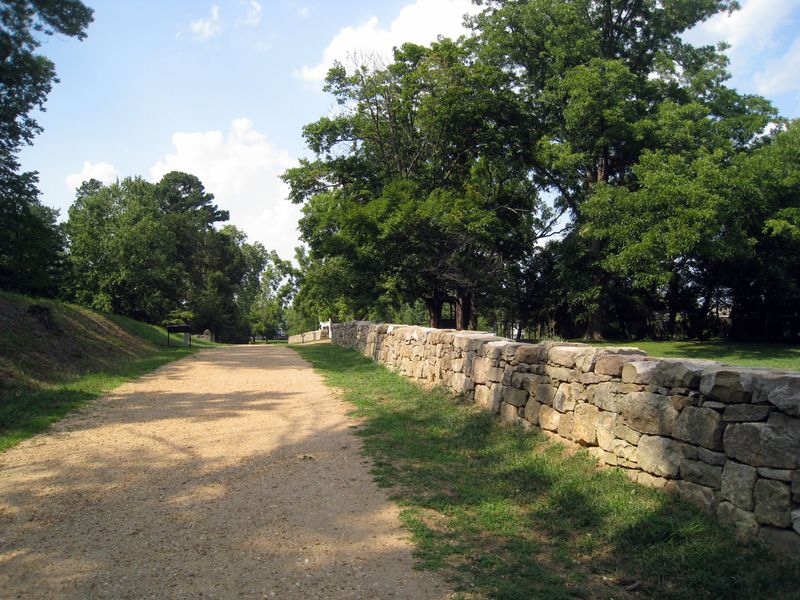
Fredericksburg, Virginia, is a place where history rests heavily, yet warmly, on its shoulders. Known as a Civil War crossroads, this town offers a poignant glimpse into a tumultuous era. Its preserved battlefields, such as the Fredericksburg and Spotsylvania National Military Park, echo with the footsteps of past soldiers.
The colonial buildings here are silent witnesses to the town’s storied past. Among these is the boyhood home of George Washington, offering insights into the early life of a founding father.
As you walk the streets of Fredericksburg, you traverse both time and the human spirit. The town’s historical richness is matched by its enduring charm, making it a meaningful waypoint on Route 1.
Did you know? The Sunken Road at Fredericksburg is said to be haunted by the spirits of soldiers who lost their lives there.
9. Savannah, Georgia – Southern Gothic Grandeur
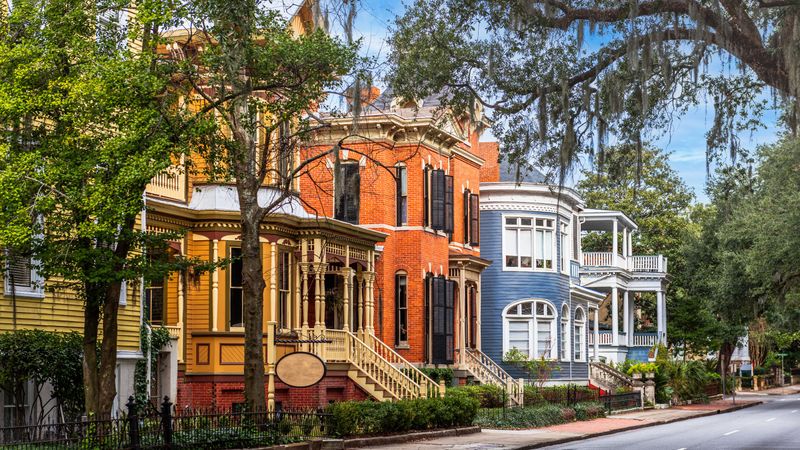
In Savannah, Georgia, the air is thick with Southern Gothic allure. The city’s historic district, preserved like a delicate artifact, invites visitors to wander its moss-draped streets and explore antebellum architecture.
Cobbled squares and stately homes tell stories of a bygone era, where elegance and history intertwine at every corner. The Savannah Historic District, a National Historic Landmark, is a testament to the city’s rich past and cultural depth.
Savannah’s charm is intoxicating, with its vibrant arts scene and storied past creating a unique blend of old and new.
Quirky fact: Savannah is home to one of the largest National Historic Landmark Districts in the United States, making it a treasure trove for history enthusiasts and curious travelers alike.
10. St. Augustine, Florida – America’s Oldest City
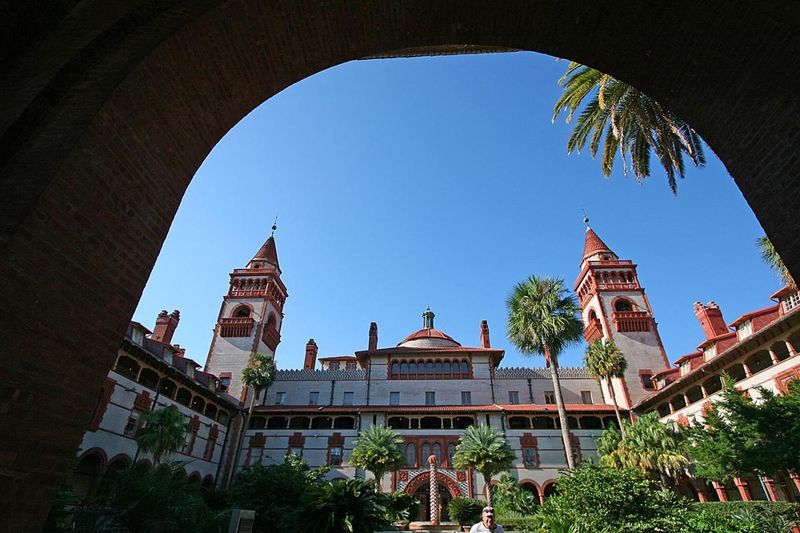
St. Augustine, Florida, holds the title of America’s oldest city, a distinction apparent in its well-preserved colonial architecture. Founded in 1565, this coastal city is a living timeline of history.
Among its most notable sites is the Castillo de San Marcos, a fortress that has withstood the ravages of time and conflict. Nearby, the oldest wooden schoolhouse in the United States offers a glimpse into early education.
Walking through St. Augustine is like flipping through the pages of a history book, with each corner revealing a new chapter. The city’s Spanish colonial charm is complemented by its vibrant cultural landscape.
Interesting bit: St. Augustine was named by the Spanish explorer Pedro Menéndez de Avilés, who spotted the land on the feast day of St. Augustine in 1565.
11. Key West, Florida – Hemingway’s Hideaway
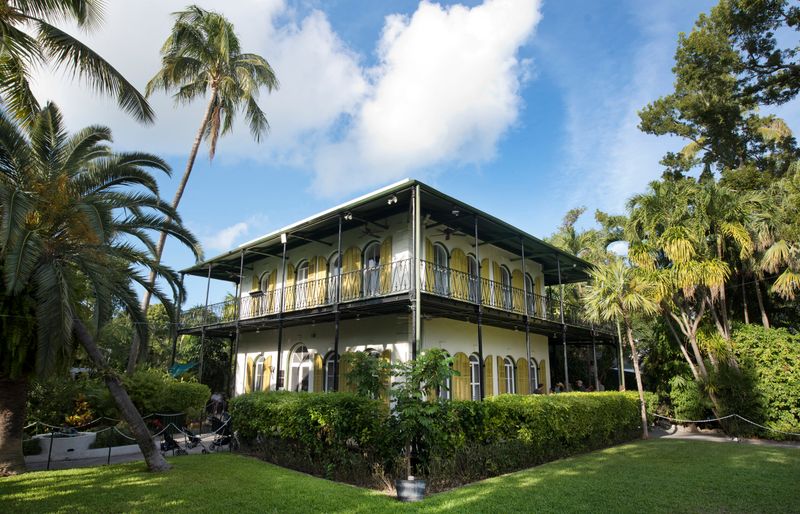
Key West, Florida, at the southern terminus of Route 1, offers a quirky blend of history and hedonism. It’s here that Ernest Hemingway found his muse, writing some of his most famous works within the island’s embrace.
Hemingway’s house, with its lush tropical gardens and six-toed cats, is a beacon for literary enthusiasts. The streets of Key West are lined with vintage Conch-style houses, each with stories as vibrant as their pastel hues.
The island’s laid-back atmosphere, coupled with its rich cultural history, makes it a captivating end to a Route 1 journey. Key West is an island of dreams and stories.
Fun fact: Hemingway’s home is home to about 60 cats, many of which are descendants of his original pet cat, Snow White.
12. Overseas Highway – Route 1’s Most Scenic Stretch
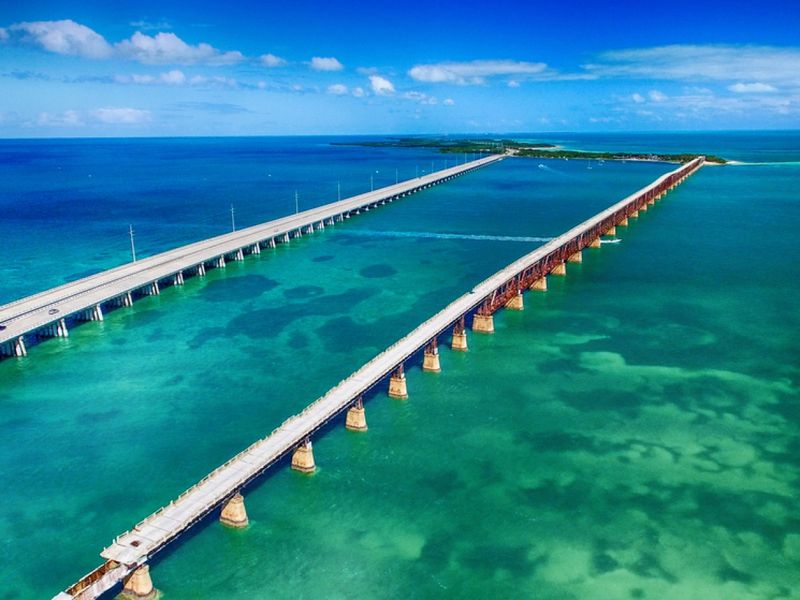
The Overseas Highway, a stunning stretch of Route 1, connects the Florida Keys in a visual masterpiece of engineering. Built in the 1930s, this series of bridges spans turquoise waters, offering breathtaking views that capture the essence of paradise.
Driving this highway is an experience in itself, as the road seems to float between sea and sky. It’s a journey where the horizon is endless and the natural beauty of the Keys unfolds in panoramic splendor.
Each bridge tells a story of ambition and determination, a feat of engineering that not only connects islands but also eras. The Overseas Highway is not just a route; it’s an odyssey through history and nature.
Did you know? The Seven Mile Bridge, part of the highway, was one of the longest bridges in the world when it was completed in 1982.
13. Fort Kent, Maine – The Beginning of Route 1
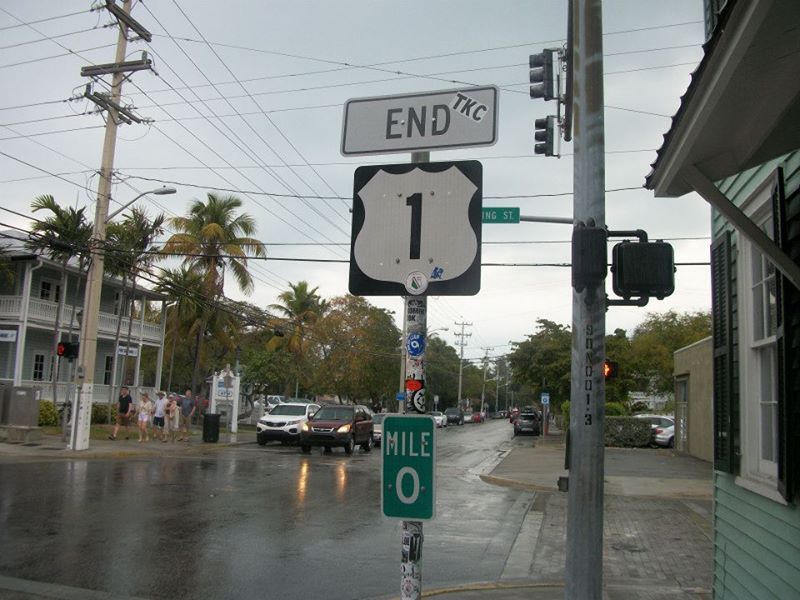
At the northern tip of Maine lies Fort Kent, a quaint town that marks the starting point of U.S. Route 1. Anchored by a stoic stone marker, this point is not just a geographical start but a historical beacon. Surrounding the marker is the Fort Kent Blockhouse, a relic from the Aroostook War, exuding tales of past conflicts and resolutions. The blockhouse, a wooden fortress with its square design, reveals the architectural prowess of the 1830s.
Walking through Fort Kent is like stepping back into a chapter of American history. The Fort Kent Historical Society maintains several preserved buildings, including an original Acadian log house from the 1830s, providing a glimpse into the area’s diverse heritage.
Did you know? Fort Kent’s name honors the ducal lineage of Kent in England, echoing ties that span continents and centuries.

